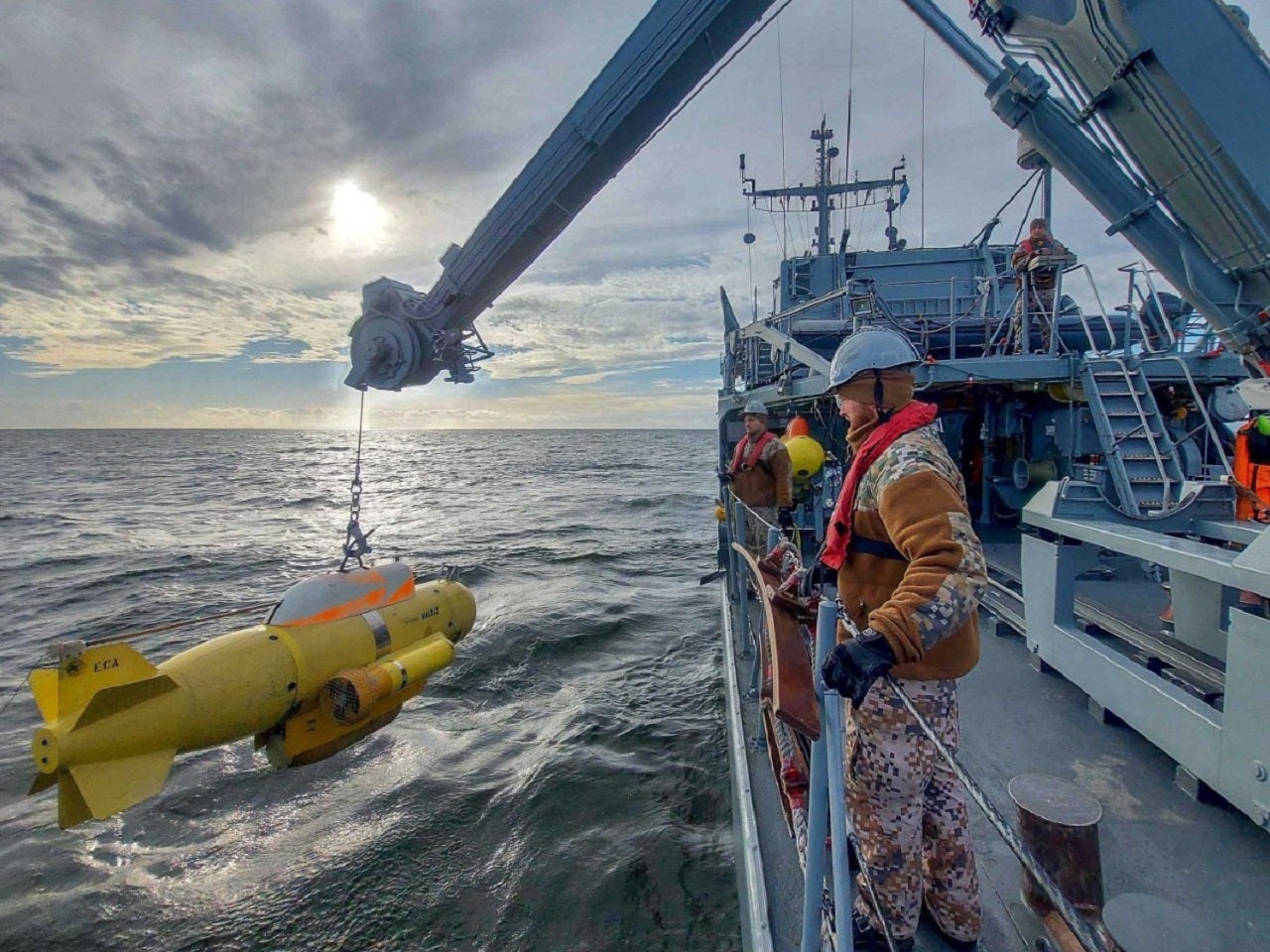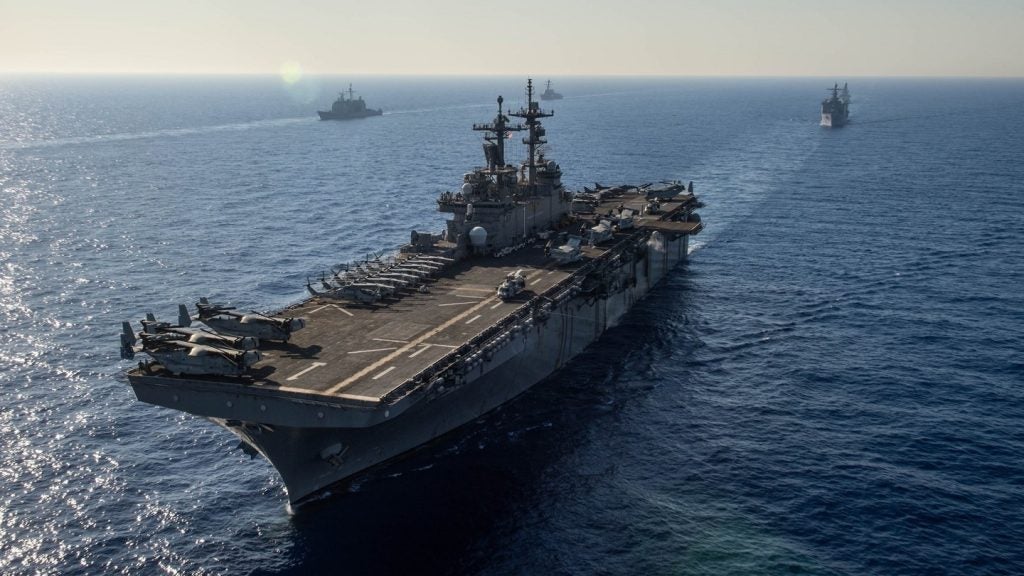
Standing NATO Mine Countermeasures Group One (SNMCMG1) has completed a historical ordnance disposal operation (HODOPS) in the territorial waters of Estonia.
The operation was carried out between 20 and 29 October and saw the clearance of 20 historical ordnance objects, including two torpedoes.
It also saw participation from seven different countries, which included the Estonian Navy.
The Nato group is made up of LNS Jotvingis, which carried international staff and six mine countermeasures vessels, ENS Admiral Cowan, BNS Crocus, FGS Sulzbach-Rosenberg, LVNS Imanta, HNLMS Schiedam, and HNoMS Maaloy.
Nato teams, along with the Estonian mine countermeasure vessels, discovered and disposed of 19 ordnance objects, as well as another eight that were identified in previous operations.
At a depth of 27m, the group also uncovered a previously unchartered shipwreck, which had a length of 85m.
How well do you really know your competitors?
Access the most comprehensive Company Profiles on the market, powered by GlobalData. Save hours of research. Gain competitive edge.

Thank you!
Your download email will arrive shortly
Not ready to buy yet? Download a free sample
We are confident about the unique quality of our Company Profiles. However, we want you to make the most beneficial decision for your business, so we offer a free sample that you can download by submitting the below form
By GlobalDataThe historical ordnance disposal activities that were carried out were done along with and with approval from the Estonian authorities.
SNMCMG1 (Lithuanian Navy) commander Audrius Venckunas said: “The Baltic Sea region is of high strategic importance to Nato and its allies.
“Standing Nato Mine Countermeasures Group One returned to Estonia for the second time this year.
“This time the main focus was on historical ordnance disposal operations.
“Heavy minelaying was conducted during both World Wars in the Baltic Sea, and some of the most affected areas are adjacent to Estonia.
“It was a great opportunity to practice SNMCMG1’s capability of locating and neutralising the threat posed by historical sea mines.”
In September this year, seven Nato allies participated in the Dynamic Mariner-20 (DYMR20) exercise taking place off the coast of France.







